
Carl Gustav Jung (1875-1961) was a seminal figure in the history of psychology, whose original and wide-ranging thought laid the foundations for the field of analytical psychology. Over the course of his long career, Jung developed an extensive theoretical framework that encompassed such concepts as the collective unconscious, archetypes, psychological types, and the process of individuation. In this article, we will trace the development of Jung’s ideas through the major periods of his life, exploring the personal experiences, intellectual influences, and key collaborations that shaped his unique perspective on the human psyche.
Early Life and Education: The Foundations of a Psychological Vocation
Carl Jung was born on July 26, 1875, in Kesswil, Switzerland, the son of Paul Achilles Jung, a pastor in the Swiss Reformed Church, and Emilie Preiswerk. From a young age, Jung was fascinated by the inner workings of the mind and the numinous dimensions of human experience. He had a vivid imagination and was prone to powerful dreams and visions, which he later came to see as formative experiences in his psychological development.
Jung’s early education laid the groundwork for his lifelong interests in philosophy, spirituality, and the study of the psyche. At the University of Basel, he immersed himself in the works of thinkers such as Immanuel Kant, Arthur Schopenhauer, and Friedrich Nietzsche, whose ideas on the nature of knowledge, the problem of suffering, and the quest for self-overcoming would deeply influence his own thought. Jung also developed a keen interest in the psychic phenomena and spiritualist movements of his time, attending seances and engaging in philosophical debates about the nature of the soul.
After completing his medical studies, Jung began his psychiatric career at the Burghölzli Mental Hospital in Zurich under the renowned psychiatrist Eugen Bleuler. It was here that he first encountered the groundbreaking work of Sigmund Freud on the unconscious mind and the method of psychoanalysis. Inspired by Freud’s bold new approach to the psyche, Jung began to develop his own theories about the structure and dynamics of the mind.
The Freudian Years: Collaboration, Conflict, and the Birth of Analytical Psychology
In 1906, Jung initiated a correspondence with Freud that would lead to a close personal and professional relationship lasting over six years. Jung quickly became one of Freud’s most important collaborators and was widely seen as his heir apparent in the psychoanalytic movement. Together, they explored the unconscious roots of neurosis, the interpretation of dreams, and the development of psychoanalytic technique.
However, as time went on, significant theoretical and personal differences began to emerge between the two men. Jung was increasingly critical of Freud’s emphasis on sexuality as the primary driver of psychological life, and he believed that Freud’s model of the psyche was too reductionistic and mechanistic. He also had reservations about Freud’s authoritarian leadership style and the dogmatic aspects of psychoanalytic theory.
These tensions came to a head in 1912 with the publication of Jung’s book “Transformations and Symbols of the Libido,” which marked a decisive break with Freudian theory. In this work, Jung challenged Freud’s view of the libido as a purely sexual energy, arguing instead that it was a more general life force that could be directed towards various ends, including creative and spiritual pursuits. He also introduced the concept of the collective unconscious, a deeper layer of the psyche that contained universal patterns and images shared by all of humanity.
The break with Freud was a pivotal moment in Jung’s intellectual development, setting the stage for the emergence of his own school of analytical psychology. Freed from the constraints of Freudian orthodoxy, Jung began to develop a more expansive and nuanced understanding of the psyche that would inform his work for the rest of his life.
Confronting the Unconscious: The Red Book and the Path of Individuation
The years following his split with Freud were a period of profound personal and spiritual transformation for Jung. In 1913, he began experiencing a series of powerful visions and encounters with the unconscious that he would later describe as a “confrontation with the unconscious.” Jung decided to engage with these experiences directly, using a technique he called active imagination, which involved dialoguing with the figures and symbols that emerged in his dreams and fantasies.
Over the next several years, Jung recorded these dialogues and visions in a series of notebooks that would later be published as “The Red Book,” a stunning work of art and psychological exploration that offers a unique window into Jung’s inner world. Through this process of self-experimentation and creative expression, Jung developed many of the key concepts and techniques that would form the basis of his mature psychological theories.
Central to Jung’s vision was the idea of individuation, the lifelong process of psychological growth and self-realization that he saw as the ultimate goal of human development. Individuation involves the integration of the conscious and unconscious aspects of the psyche, the reconciliation of opposites, and the discovery of one’s unique path in life. Jung believed that this process was guided by the Self, an archetypal image of wholeness and unity that serves as the regulating center of the psyche.
The confrontation with the unconscious also led Jung to develop his theory of archetypes, the universal patterns and images that structure human experience at the deepest level. Jung identified a wide range of archetypes, including the persona, the shadow, the anima and animus, and the wise old man, among others. He saw these archetypes as the building blocks of the collective unconscious, shaping our perceptions, emotions, and behaviors in ways that are often outside of our conscious awareness.
Exploring the Structure of the Psyche: Psychological Types and the Topology of the Mind
In the 1920s and 1930s, Jung continued to refine and expand his theoretical framework, developing a comprehensive model of the psyche that would become the foundation of analytical psychology. One of his most influential contributions during this period was his theory of psychological types, which he first introduced in his 1921 book of the same name.
According to Jung, every individual has a natural preference for one of two attitudes (introversion or extraversion) and one of four functions (thinking, feeling, sensation, or intuition). The combination of these preferences creates a unique personality type that shapes the way we perceive, process, and respond to the world around us. Jung believed that understanding one’s own type, as well as the types of others, was essential for effective communication, relationships, and personal growth.
Jung also developed a complex topology of the psyche that included three main levels: the conscious, the personal unconscious, and the collective unconscious. The conscious level, represented by the ego, is the center of our personal identity and the source of our conscious thoughts, feelings, and decisions. The personal unconscious contains the forgotten or repressed experiences and memories of our individual lives, while the collective unconscious is the deepest level of the psyche, containing the universal patterns and archetypes that are shared by all of humanity.
Jung saw the psyche as a self-regulating system that seeks to maintain balance and wholeness. When the different levels and functions of the psyche are integrated and harmonized, the result is a well-functioning personality that is able to adapt to the demands of life and realize its full potential. However, when there are conflicts or imbalances within the psyche, the result can be neurosis, depression, or other forms of psychological distress.
Symbols, Myths, and the Collective Unconscious: The Universal Language of the Psyche
Throughout his career, Jung was fascinated by the role of symbols and myths in the human psyche. He saw these cultural expressions as a window into the collective unconscious, revealing the universal patterns and themes that shape our experience at the deepest level. Jung believed that by studying the symbols and myths of different cultures and historical periods, we could gain insight into the archetypal structures of the psyche and the process of individuation.
Jung was particularly interested in the symbolism of alchemy, which he saw as a rich source of psychological insight. In his book “Psychology and Alchemy,” Jung argued that the alchemical process of transforming base metals into gold was a metaphor for the process of psychological transformation and the realization of the Self. He saw the various stages of the alchemical process, such as nigredo (blackening), albedo (whitening), and rubedo (reddening), as corresponding to different phases of the individuation process.
Jung also explored the psychological significance of religious symbols and experiences, seeing them as expressions of the numinous and transcendent dimensions of the psyche. He was deeply influenced by the works of thinkers such as Rudolf Otto, who explored the experience of the holy and the mysterium tremendum, and William James, who studied the varieties of religious experience. Jung believed that the religious impulse was a fundamental aspect of human nature, and that the loss of a spiritual connection was a major contributor to the psychological ills of modern society.
Synchronicity, Paranormal Phenomena, and the Limits of Scientific Understanding
In the later years of his life, Jung became increasingly interested in phenomena that seemed to challenge the limits of scientific understanding, such as synchronicity, telepathy, and precognition. He defined synchronicity as the meaningful coincidence of inner and outer events that are not causally related, and he believed that it revealed an underlying unity and interconnectedness in the universe.
Jung’s exploration of synchronicity and other paranormal phenomena was controversial, and many of his colleagues in the scientific community dismissed his ideas as speculative and unscientific. However, for Jung, these experiences were a testament to the mysterious and numinous dimensions of the psyche, and he believed that they demanded a more expansive and open-minded approach to the study of the mind.
Jung’s interest in the paranormal also led him to explore the concept of the collective unconscious in new ways. He began to see the collective unconscious not just as a repository of universal symbols and archetypes, but as a kind of cosmic web that connected all of humanity across time and space. Jung believed that this web could be accessed through dreams, visions, and other altered states of consciousness, and that it held the key to understanding the deeper mysteries of the psyche.
The Legacy of Analytical Psychology: Influence and Controversy
Jung’s ideas had a profound impact on the field of psychology and beyond, influencing a wide range of thinkers, artists, and spiritual seekers throughout the 20th century and into the present day. His emphasis on the importance of the unconscious, the role of symbols and archetypes in shaping human experience, and the need for individuals to confront their shadow and integrate the different aspects of their psyche continues to inspire and inform therapeutic practice and personal growth.
However, Jung’s legacy is also a controversial one, and his ideas have been the subject of much criticism and debate over the years. Some have argued that his theories are overly speculative and lack empirical support, while others have criticized his views on gender, race, and culture as essentialist and patriarchal. Jung’s own personal life, including his extramarital relationships and his alleged sympathy for Nazi ideology, has also come under scrutiny.
Despite these controversies, Jung’s influence continues to be felt in many areas of contemporary thought and practice. His ideas have been taken up and developed by a wide range of thinkers and practitioners, from depth psychologists and psychoanalysts to artists, writers, and spiritual seekers. Today, analytical psychology is a thriving and diverse field, with many different schools and approaches that build on Jung’s original insights while also critiquing and revising them in light of new knowledge and changing social and cultural contexts.
The Enduring Relevance of Jung’s Vision
As we have seen, the development of Carl Jung’s psychology was a complex and multifaceted process, shaped by a wide range of personal experiences, intellectual influences, and historical circumstances. From his early fascination with the numinous dimensions of the psyche to his mature theories of archetypes, individuation, and the collective unconscious, Jung’s ideas continue to inspire and challenge us to this day.
While Jung’s legacy is not without its controversies and limitations, his enduring relevance lies in his vision of the psyche as a living, dynamic system that seeks wholeness, meaning, and self-realization. At a time when many people feel disconnected from their deepest selves and from the world around them, Jung’s emphasis on the importance of inner work, creative expression, and spiritual growth offers a powerful resource for healing and transformation.
As we navigate the challenges and opportunities of the 21st century, Jung’s ideas remind us of the need to cultivate a more expansive and integrated understanding of the psyche, one that honors the mystery and complexity of the human experience in all its dimensions. By engaging with the symbols, myths, and archetypes that shape our inner lives, and by striving towards greater self-awareness and authenticity, we can begin to realize the full potential of our individuality and our shared humanity. In this sense, the development of Jung’s psychology is not just a historical curiosity, but an ongoing invitation to explore the depths of the psyche and to discover the meaning and purpose of our lives.

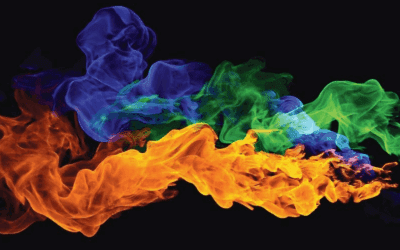
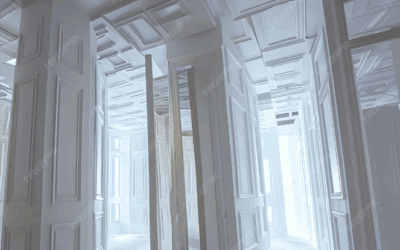
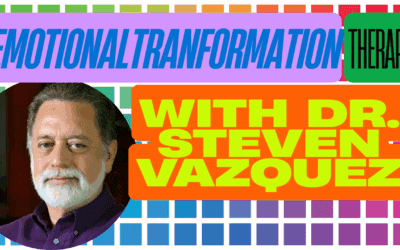
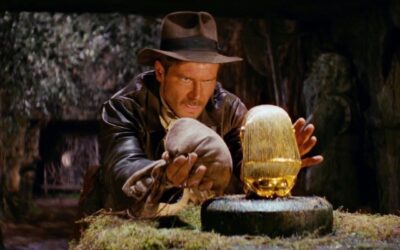
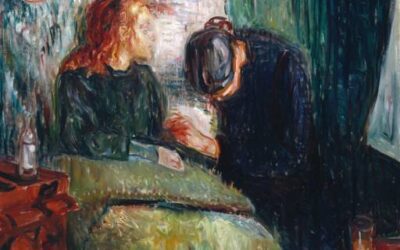
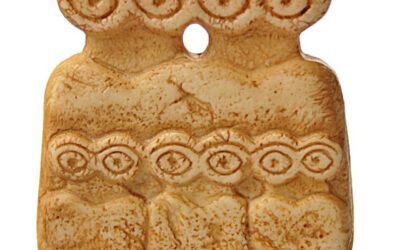

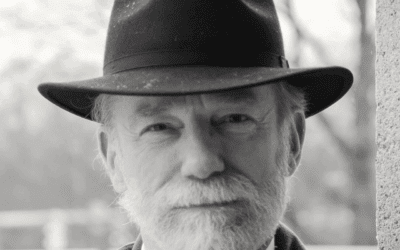
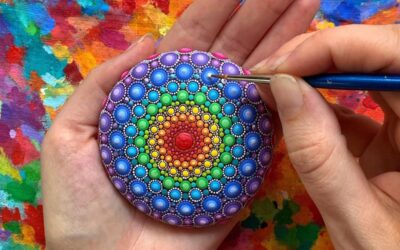
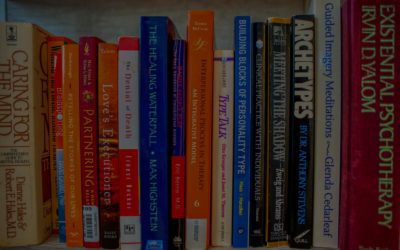
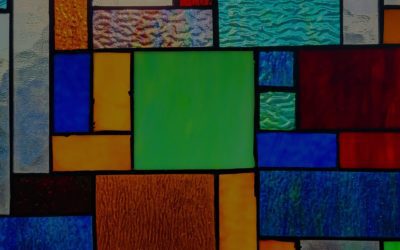

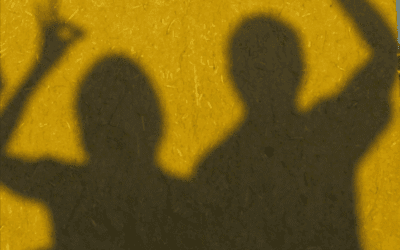
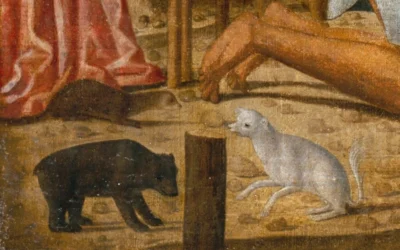
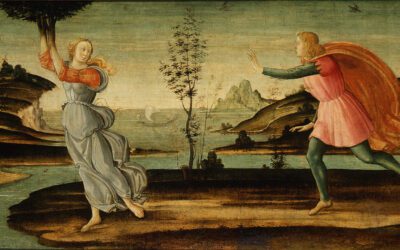
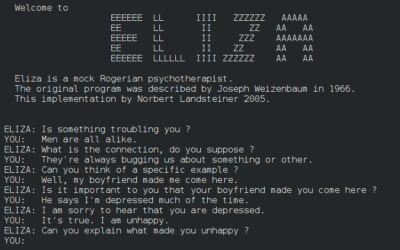
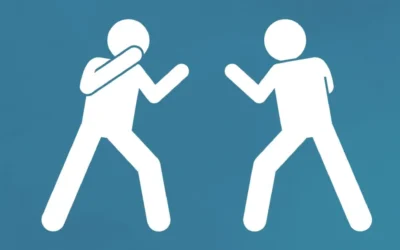
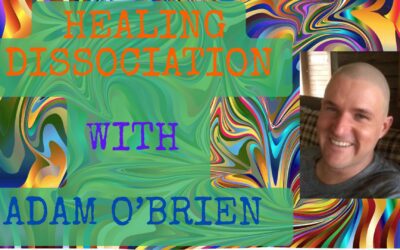
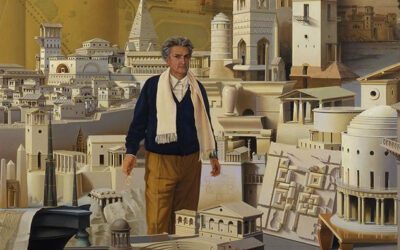
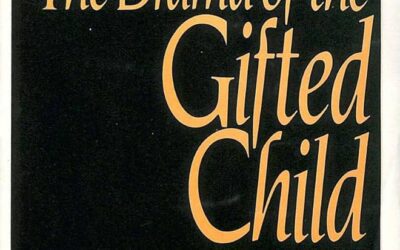
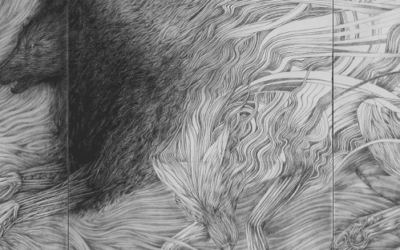
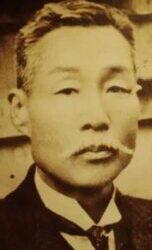
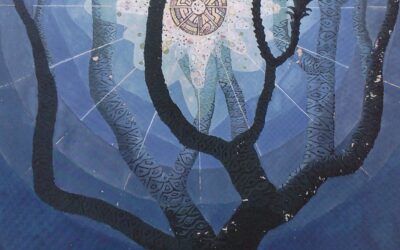
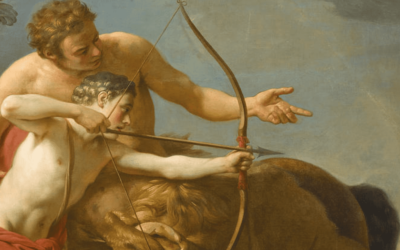
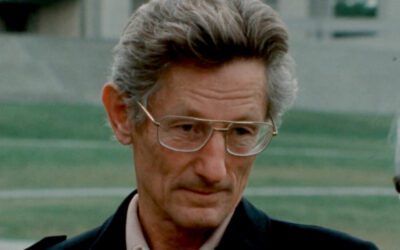
0 Comments